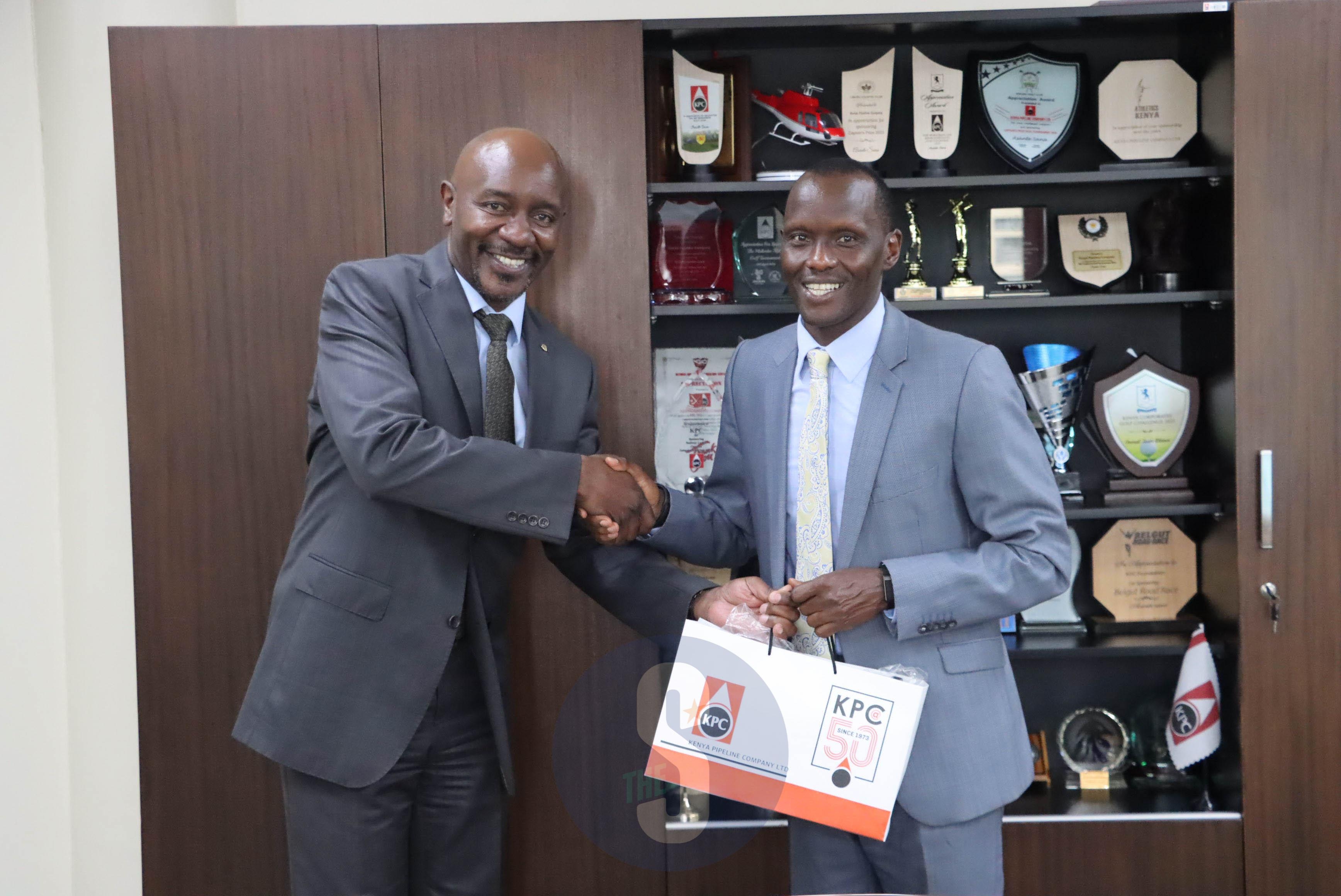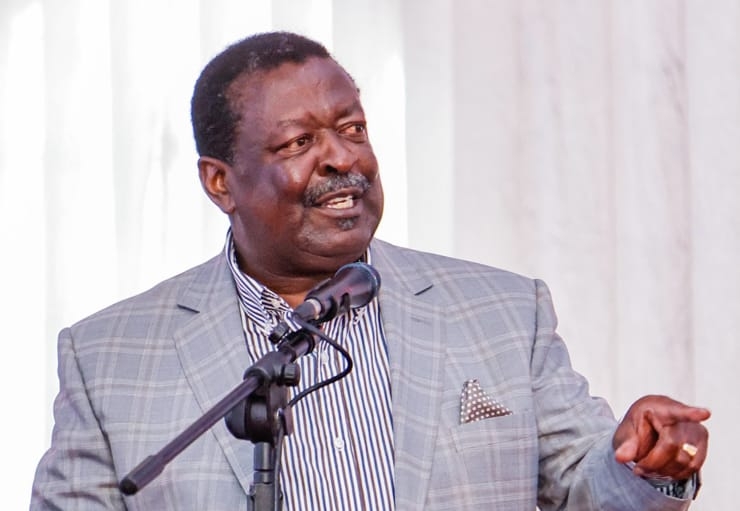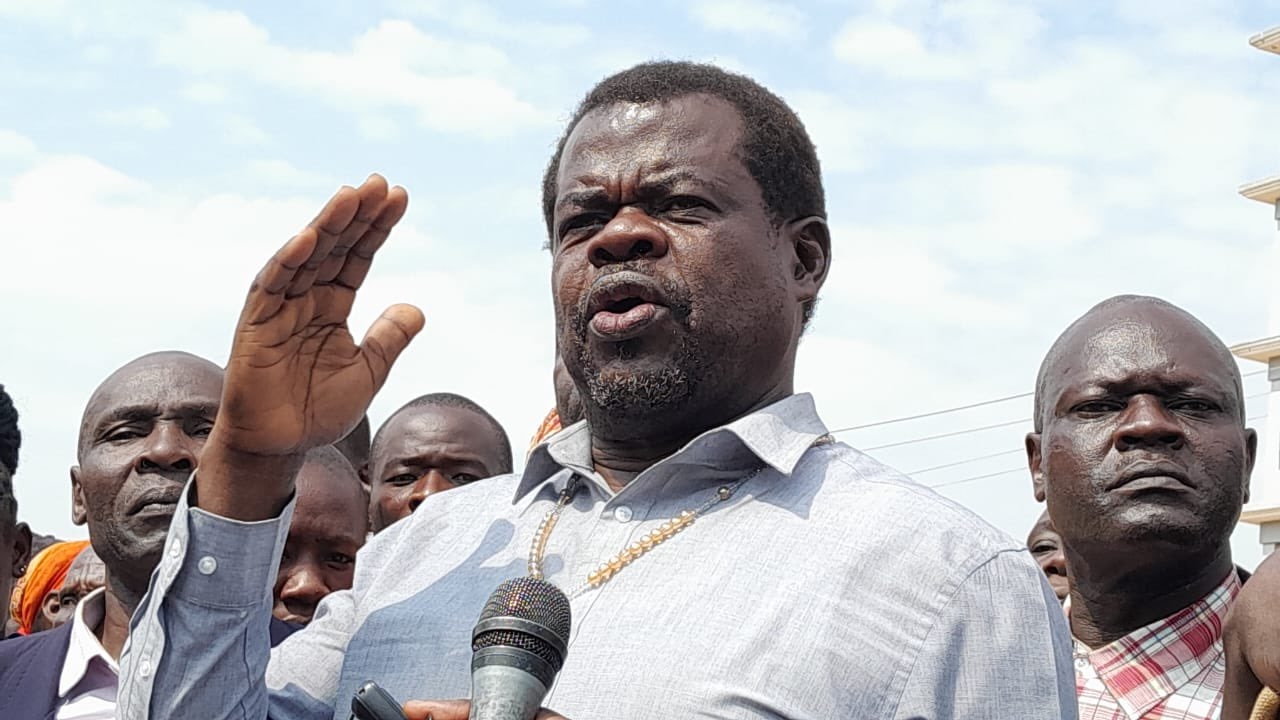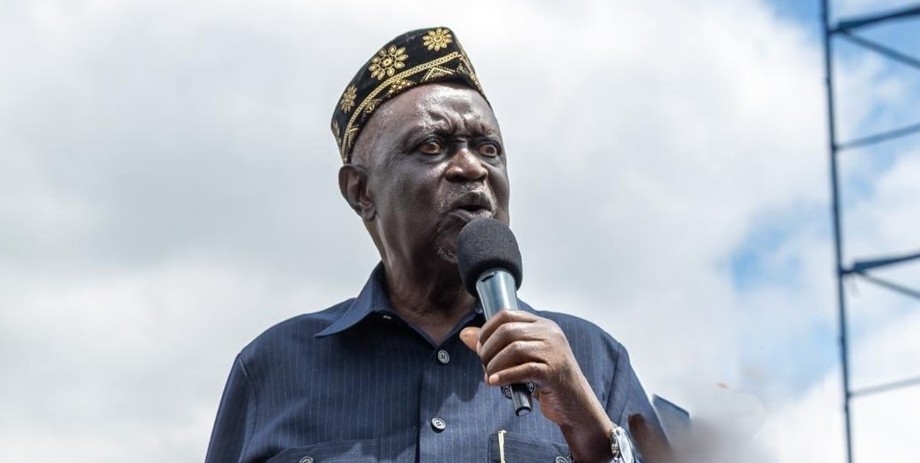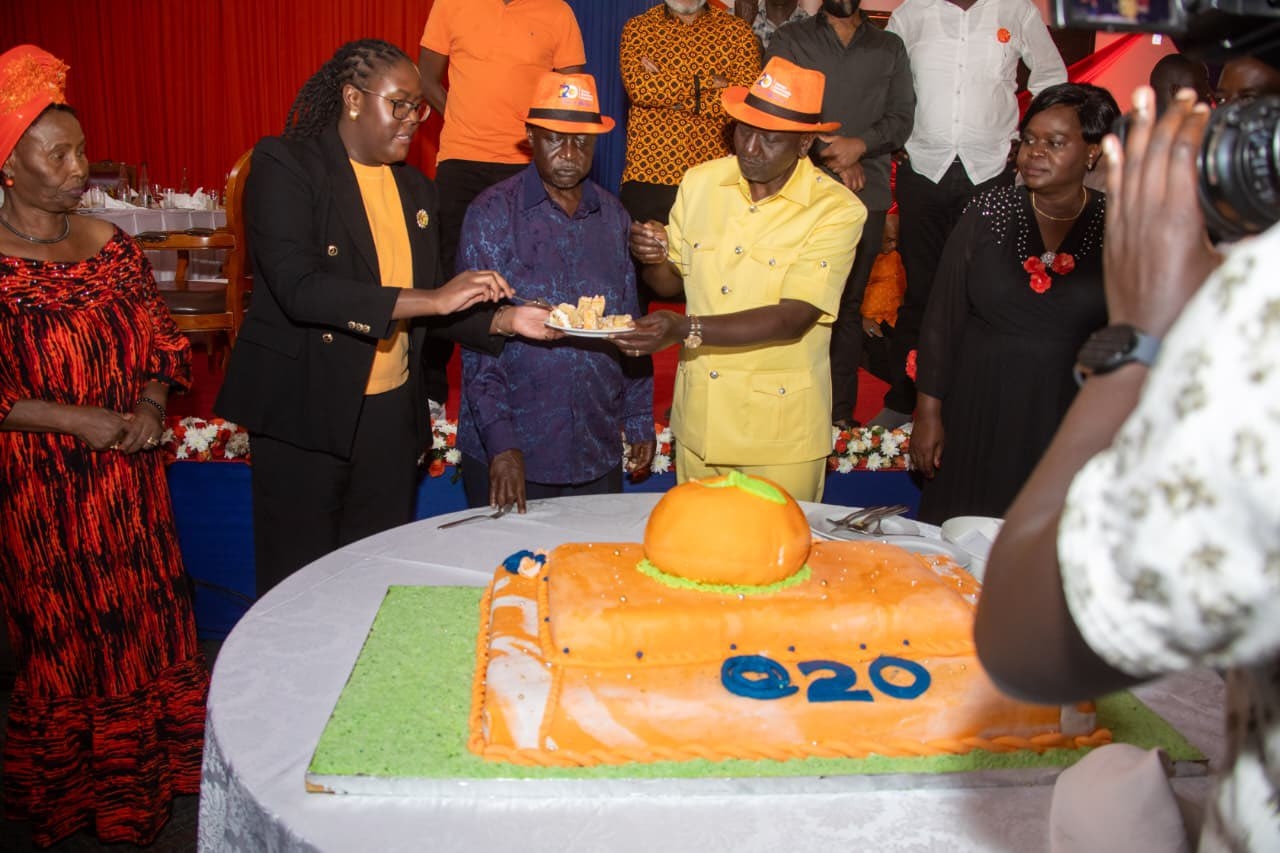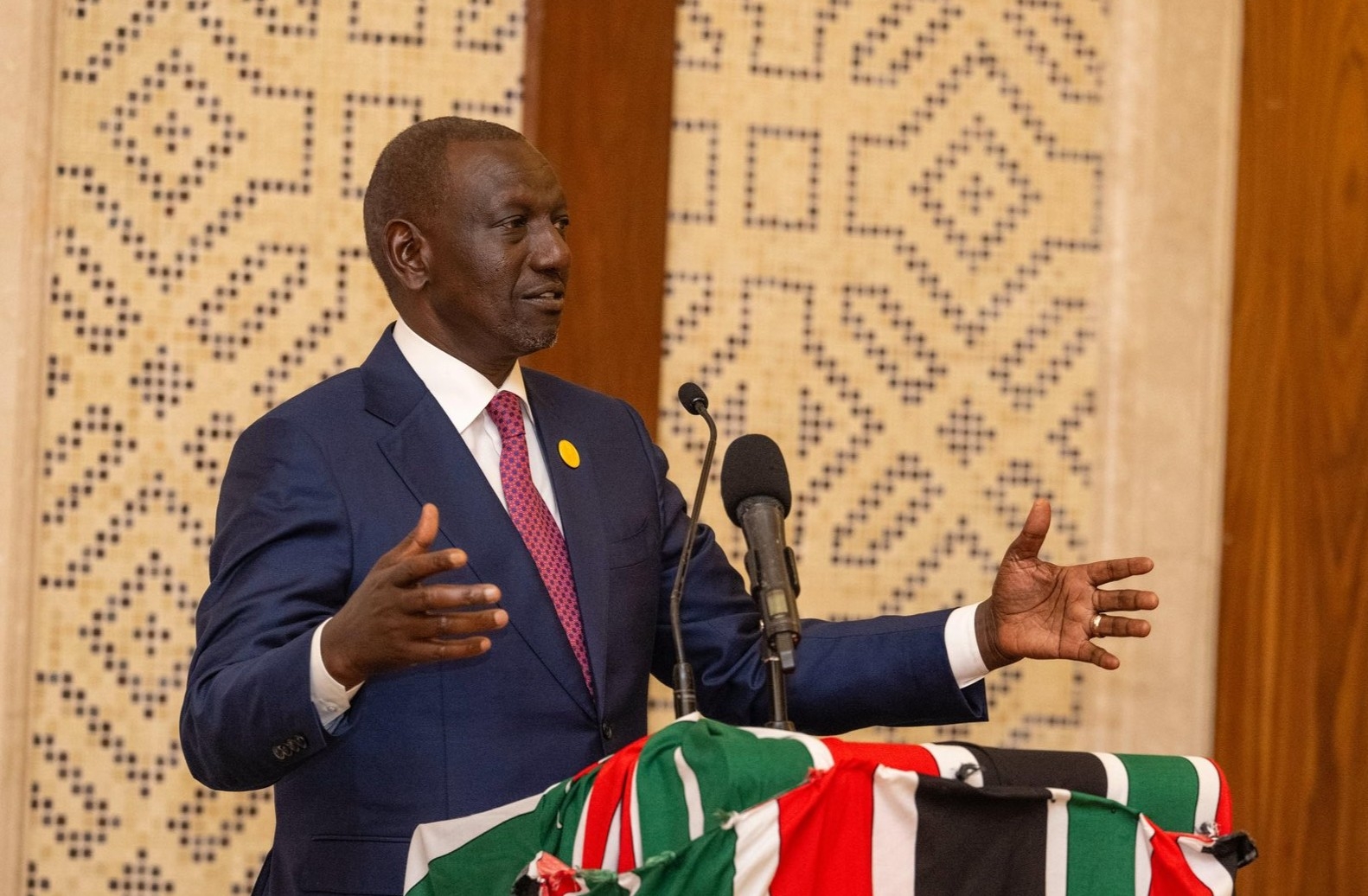The Supreme Court directed Parliament to legislate a framework on the two-third gender rule as required by Article 81(b) of the constitution by August. The Attorney General constituted technical working group (TWG) recommended that:
“…the only proposed formulae that will realize the two third gender rule with precision …is to use the formulae that has worked for the county governments… lifting Article 177 (1) (b) and (c) of the Constitution and importing it in Article 97 and 98 for representation in the National Assembly and Senate accordingly”.
Candid counter proposes have been made since. This conversation should be encouraged rather than stigmatised in wasteful divisionary rhetoric. We should not just threaten that the gender rule must be implemented without saying how. I support gender parity and the obligation to actualise Article 81(b) to ensure “not more than two-thirds of members of elective public bodies shall be of the same gender” and the ignored 81(c) on “fair representation of persons with disabilities”.
Without prejudice, the TWG transposition of articles is a quick-fix intervention confined to the framework of the affirmative action sunset clause of 20 years. To be faithful to Article 81(b), the required formulae should outlive the sunset clause. The anchor to change is Article 27 that recognises the right to equal protection and freedom from discrimination and Article 38 on political rights.
The entry point is to address the principles embedded in Article 81(d) on “fair representation and equality of the vote” as means of achieving parity in gender, youth, minority and people with disability representation. Unbundling Article 81 will mean review of the laws that actualise Article 82 as a means to realising the provisions of article 81(d) to provide for a system of “universal suffrage based on the aspiration for fair representation and equity of vote”.
The importance of “equity of the vote” has been ignored. We base gender equity on the nomination from party lists determined by the number of elected candidates rather than the totality of the vote a party gets. Therefore, a party with more elected members but less votes gets more nomination slots than a party with more votes and less elected members.
Clearly the disparity between votes a party gets and its nomination quota disenfranchises many voters. Therefore, transporting Article 177 (1) (b) and (c) to Article 97 and 98 of the constitution for representation in the National Assembly and Senate serves to institutionalise existing depravity in the “equity of the vote” and cannot actualise a two-thirds gender rule or “fair representation” for marginal groups in the electoral process. Indeed, Article 177 is offensive and should be amended because it undermines the “equity of the vote” by predetermining for Parliament the formulae for nomination to special seats.
For posterity, let’s realign the Kenyan representation and electoral system to variations of Mixed-Member Proportional Representation (MMP) or Proportional Representation (PR) systems successfully in use in 90 democracies and ethnically diverse countries with 15 from Africa. The original version of the constitution had this proposal before the Parliamentary Select Committee, of which I was part, mutilated in Naivasha.
In such a system, the total number of nominated seats at all levels will be derived from a ‘flexible' party-list and allocated proportionally based on the number of votes the party receives at the ballot. The party lists will have gender paring and should electoral results favour one gender, the list will be adjusted accordingly to fill the gap. The result will be the total party members in an assembly will mirror the overall proportion of votes a party received and qualify the “equity of the vote” principle.
PR will mean the voter casts two votes: one for a single-member (constituency) representative and one for a party. To avoid duplication and confusing ballot paper, the voter will cast only one party vote that will count for all party nominations at all levels. Supporters of a party can choose not to vote for their party candidate but increase party representation through the party vote or vice versa. Here, only the party vote will translate in the number of nominees the party is entitled to.
This change will increase national representation of political parties. The tedious clauses on compliance in the Elections, Political Parties and the IEBC Acts will also go replaced by simpler conformity procedures. It would mean the current nomination mechanism will be expunged. Coalitions will thus only be possible after elections to avoid collusion and electoral gerrymandering that could undermine the PR system.
A PR formula will determine the number of nominees required to achieve two-thirds vis-a-avis elected representatives at all levels. Ceilings and cut-offs on the number of nominated representatives will be set. A party must get a certain percentage of the total party vote to qualify nominating from its party list.
The total national nominee slots will be a proposition of current electoral areas. A variation may be that county populations determine county share of nominee seats and the party vote determines party seats in that county. PR may slightly increase the number of representatives but in many countries, the number of representatives is not predetermined but left to vulgarities of population shifts. It requires electoral areas to be adjusted accordingly. However, the pros and cons of PR should be streamlined through technical input to arrive at a variance suitable to Kenya without overly burdening the taxpayer.





